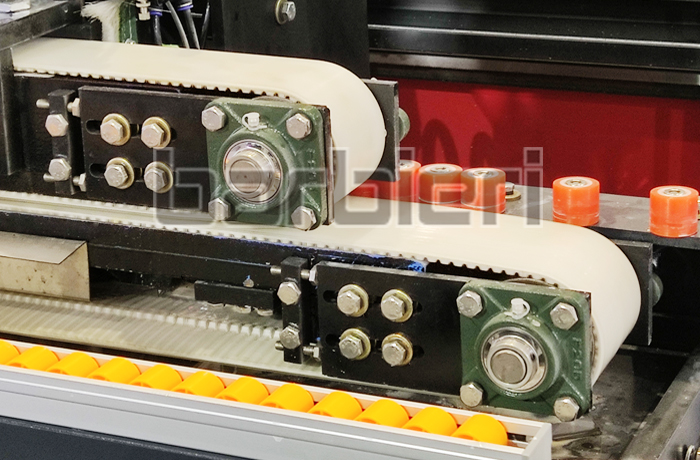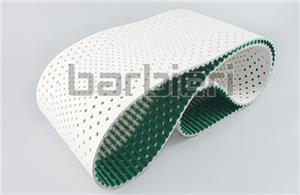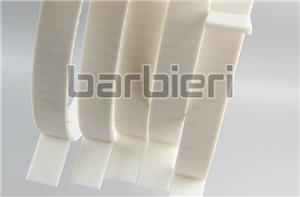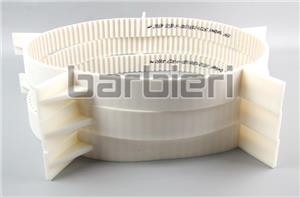How to improve the service life of the transmission belt?

Mechanical transmission is widely used in mechanical engineering. Common types of mechanical transmission systems include gear transmission, worm gear transmission, belt transmission, chain transmission, and gear trains. The cost of belt transmission in mechanical transmission is relatively low compared to the cost of its dome transmission. At present, the high tensile properties of internal components such as steel cores, epoxy resins or aramid fibers achieve the required use strength. But it also has its own weakness, that is, it cannot effectively resist the cutting, shearing and impact damage of materials. Because of a little accident, the life of the transmission belt may be greatly shortened.
This article analyzes the service life of the transmission belt from the following three factors, any of which will affect the service life of the transmission belt:
1. The strength of the transmission belt cannot meet the requirements of use (this is related to special requirements, especially related to the material of the transmission belt).
2. Mistakes in the original design of the equipment, especially design errors at the loading point, caused the material to hit the transmission belt quickly, or caused irregular loading and shifted the transmission belt.
3. From the manufacturer's point of view, they can only exert an influence on the last factor to ensure that the product meets the requirements for use.
Transmission belt protection measures
1. Improving product quality (such as using low-wear rubber belts) is to extend the service life of the transmission belt, but any one of the three influencing factors mentioned above will make the investment in improving product quality more than the loss.
2. The lateral deflection design reduces the elongation of the transmission belt and is specially used for long-distance transportation.
3. Anti-shear transmission belt: The internal structure of the anti-shear transmission belt is similar to the standard composite epoxy transmission belt, except that a horizontal steel cable is added to the uppermost rubber belt layer, which acts as an obstacle to the fragile main body of the transmission belt. To the protective effect. It is precisely because of the elasticity of these transverse steel cables that the anti-shear transmission belt has the same high flexibility as the traditional fiber transmission belt; that is to say, the anti-shear transmission belt looks like a traditional epoxy resin transmission belt, but it is different from the traditional transmission belt. The stronger steel core.
4. Improve the system: In some old equipment, especially steel-core transmission belts, the tensile strength of the transmission belt is still improved to extend the service life, but this approach does not actually play a big role. Some transmission belt manufacturers invest in various detection systems. Place the coil at a fixed angle in the transmission belt to use it as an antenna. At the same time, install a matching sensor on the equipment to detect whether the coil passes. If one coil is missing, it means the transmission belt is damaged. The electronic control system will automatically stop the entire equipment. Running, the faster the stopping speed, the less damage the transmission belt will be.




